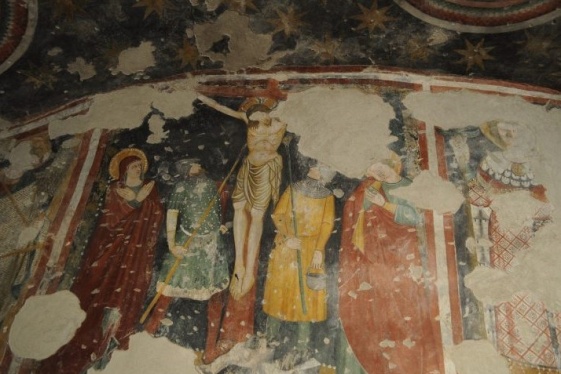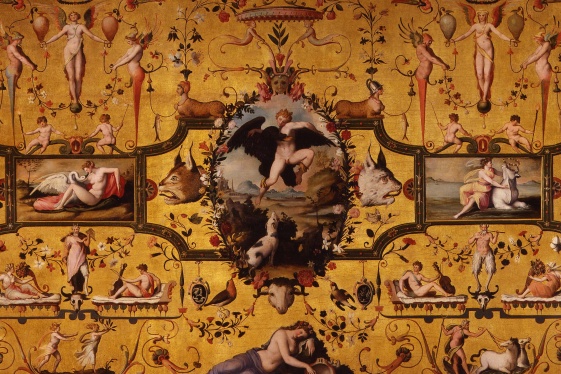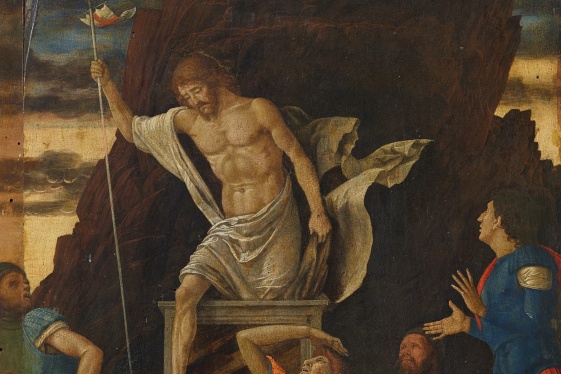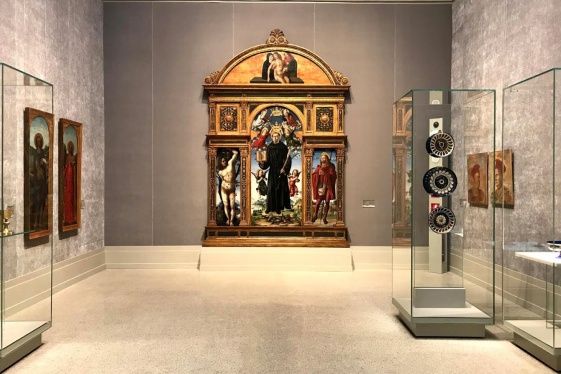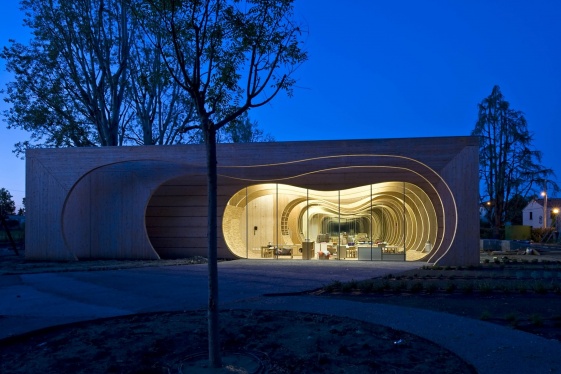Italian art: Below Gemona Cathedral
Below the sacristy of the Cathedral in Gemona, a town in Friuli Venezia Giulia, near the splendid Cividale del Friuli, a few metres from a door of the ancient city walls, an underground complex was opened to the public in March, hidden for centuries between the foundations of the church: a discovery that surprised archaeologists and amazed the inha...
READ MOREItalian art: The Spannocchi collection
In Siena, at the Museum of Santa Maria della Scala, is set up the exhibition “Una città ideale. Dürer, Altdorfer e i Maestri Nordici della Collezione Spannocchi a Siena” (An ideal city. Dürer, Altdorfer and the Nordic Masters of the Spannocchi Collection in Siena). The exhibition presents works from the Pinacoteca Nazionale in Siena, the Museo Civi...
READ MOREItalian art: New discoveries about Vasari
One of the most interesting discoveries of the year could be the one announced at the Opera di Santa Croce in Florence following the restoration of Christ meeting Veronica on the Way to Calvary, an altarpiece made by Giorgio Vasari in 1572. The restoration of Michelangelo's altarpiece and monumental tomb are being restored, due to the damage caused...
READ MOREItalian art: Bal Tic Tac
“One day, around the summer of 1921, Vinicio Paladini came to propose to Balla, a completely futuristic decoration work: it was a matter of decorating a night club in Via Milano in Rome". With these words Elica Balla described the genesis of Bal Tic Tac, the first futurist cabaret inaugurated by Filippo Tommaso Marinetti, and whose wall paintings w...
READ MOREItalian art: Ovidio
In these days is about to end an unusual exhibition hosted at the Scuderie del Quirinale in Rome. This is not a strictly monographic exhibition that attempts to retrace the work of an artist, but rather one that aims to describe the impact of the work of the Roman poet Ovidio on the figurative arts of the centuries following his works.
READ MOREItalian art: Alberto Pasini
Fascinating and mysterious East, boundless and odalisque landscapes, suggestive ruins, faraway lands, wonders and exotic oddities. When the first translation of “Le Mille e una Notte” (“The Arabian Nights”) spread throughout Europe at the beginning of the eighteenth century, a new current of taste was born and soon became a real fashion for everyth...
READ MOREItalian art: The reunited Mantegnas
Andrea Mantegna is unanimously considered one of the fathers of Renaissance painting in northern Italy. His attention to archeology and his great ability to elaborate classical themes in Roman finds led him to open up one of the great stylistic currents that would contribute to the formation of the Venetian Renaissance, thanks to the closeness and...
READ MOREItalian art: Brescia
During 2018 in Brescia there was a very interesting revival of museum proposals. After nine long years of closure, the Tosio Martinengo Museum has been reopened: this is Brescia’s civic museum that has undergone a careful restoration of the Palazzo Martinengo da Barco, in order to make functional the use of the beautiful collection of municipal art...
READ MOREItalian art: Mario Cucinella
In 2016 the exhibition “Empatia Creativa. Milano metropolitana: cinque cantieri di Mario Cucinella Architects” (Creative Empathy. Underground Milan: five sites by Mario Cucinella Architects), in partnership with the Triennale, recounted the five projects underway in the Lombard capital, conceived in a sustainable way and destined to change the skyl...
READ MOREItalian art: San Teonisto in Treviso
Nineteen of the twenty-two artworks that were part of the heritage of the ancient church of San Teonisto in Treviso before the Napoleonic plundering of 1810, returned to the Treviso religious complex on Saturday, January 13. Following the suppression of the religious orders, one of the most well-known decisions from the Napoleonic decrees, the mon...
READ MORE


